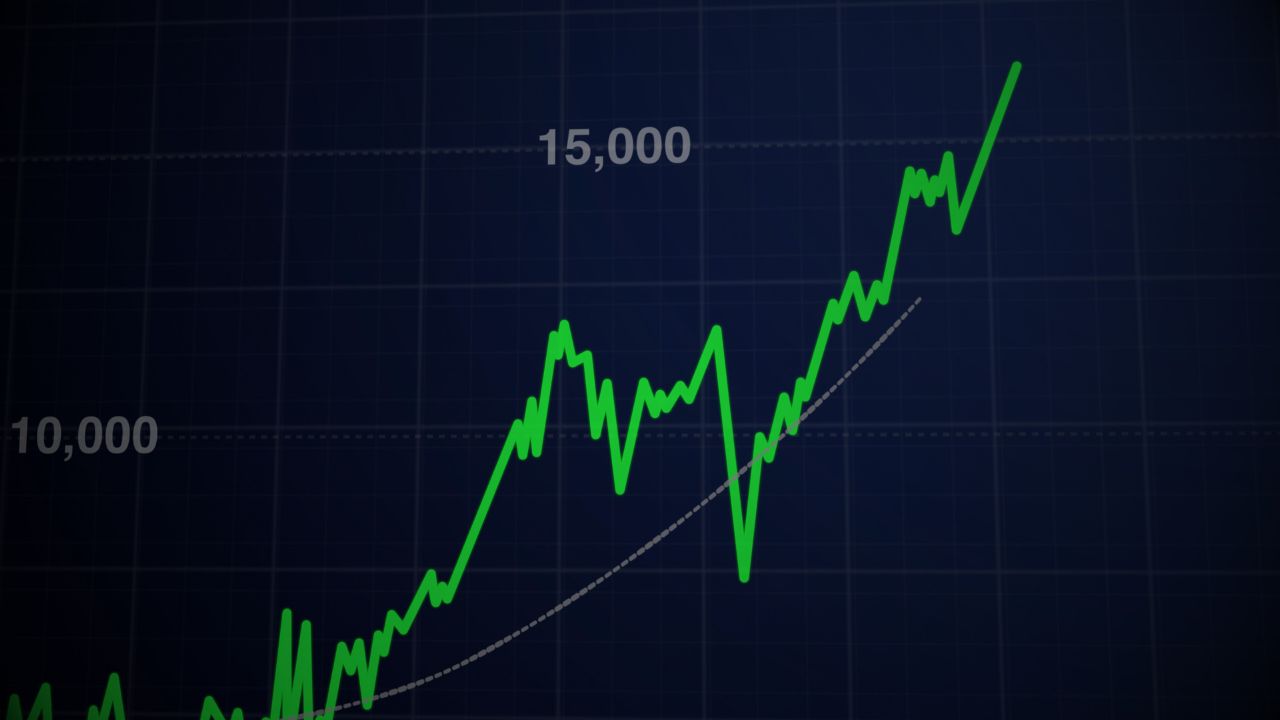Iron Condor
The iron condor is a neutral, defined risk strategy that is most profitable when the underlying stock trades in a tight range through the options expiration. It is composed of both a short vertical put spread and short vertical call spread on the same expiration.

PROFIT AND LOSS
The iron condor options strategy has both defined risk and profit. The max profit potential on this trade is the credit received. The max profit only being fully realized if held through expiration and allowing the options to expire worthless. Since there can be pin risk with allowing a spread to expire, most traders will choose to close the spread early at a set profit target.
The max loss on the trade is limited to the width of the widest of the two spreads minus the credit received. The risk is limited by the long call and put which hedges the risk in the event of the significant move in the stock price in either direction.
IRON CONDOR EXAMPLE
Lets say in this example we’re looking at XYZ stock trading right now at $100 a share. The plan is to sell a $10 wide iron condor with an expiration 30 to 60 days out.

SETUP
Sell a $90 strike put for $4
Buy a $80 strike put for $2
Sell a $110 strike call for $3
Buy a $120 strike call for $1
If we were to add the credit received for both the short 90 put and 110 it would come to a total of $7.00. We then paid out a total of $3.00 for the long put and call which are acting as our protection against a significant move in the stock price. This leaves us with a net credit of $4.00.
The ideal outcome of this trade is for the stock to stay between our short strikes through expiration. Upon expiration, if the stock remains between $90 – $110 a share, we would realize the max profit of $400 on this trade. This was calculated by taking the net credit we received and multiplying by 100. $4.00 x 100 = $400.00 per iron condor.
The maximum loss on this trade will be calculated by taking the width of the widest of the two spreads then subtracting out the credit. In this example, the width of the call spread and the put spread is the same. They are both $10 wide. We will then take the width $10, which is really $1,000 minus the total credit of $400. Leaving us with the maximum loss on this trade as $600.
The max loss would be incurred if the stock is above $120 or below $80 at expiration. Whereas the breakeven for this trade on the put side would be $86.00 ($90 put – $4.00 credit received). The breakeven on the call side would $114.00 ($110 call + $4.00 credit received).



